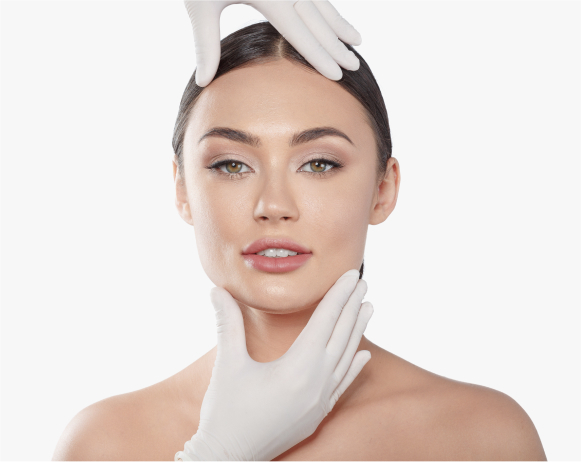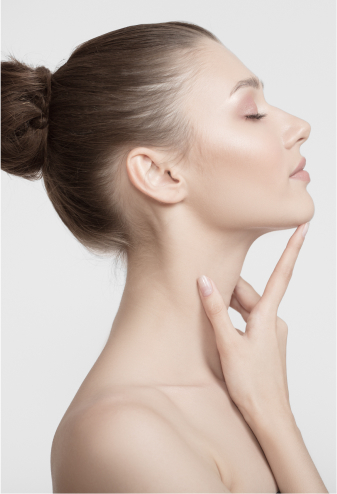What is Revision Rhinoplasty?
Revision rhinoplasty is a re-rhinoplasty surgery. Sometimes undesirable results or situations that require additional intervention may occur after primary rhinoplasty (primary rhinoplasty). At the beginning of these; high expectations of the patient and the dissatisfaction experienced, the doctor's inexperience in this matter or the development of nasal trauma after the procedure. Revision rhinoplasty surgeries may be minor procedures performed under local anesthesia, as well as larger interventions ranging from rib cartilage to the reconstruction of the nose. In general, some situations that will require revision rhinoplasty are as follows:
- Curves and dimples on the back of the nose
- The tip of the nose is too raised or dropped
- Large or uneven nostrils
- Difficulty in breathing due to collapse of the nasal side walls
- Incomplete understanding of the patient's expectations
- Surgical mistakes
- Improper implementation of post-operative rehabilitation
To Whom Is Revision Rhinoplasty Applied?
Revision rhinoplasty is applied to correct the shape or functional disorders of people who have had rhinoplasty before. Situations where the desired goals cannot be achieved with rhinoplasty include correction procedures that need to be done. In rhinoplasty operations, sometimes excessive removal of cartilage tissue in the dorsal region of the nose causes the tip of the nose to appear too raised and the ridge of the nose to appear too hollow. For the correction of the bone tissue of the nose, cartilages taken from the ear or cartilages taken from the ribs can be used in some of the surgeries. In order for the revision procedures to be carried out, at least 1 year must pass after the first procedure, unless a medical emergency has developed. The reason for this is that the nose shape fits perfectly and the healing process is completed.
How is Revision Rhinoplasty Surgery Performed?
Revision surgery is a slightly more difficult and complex procedure than primary rhinoplasty. It is very important to evaluate the patient before revision surgery. The complaint of the person may not only be aesthetic concerns, but also functional problems such as not being able to breathe easily. The surgeon needs to evaluate these and create a surgical plan. Revision rhinoplasty surgery is usually performed under general anesthesia and open surgery. Processing time ranges from 35 minutes to 4 hours. This period may vary depending on the shape of the nose and the intensity of the surgical procedure. In cases where cartilage is required, tissues taken from the patient are used. These are cartilage tissues taken from the inner part of the auricle or the ribs to remain in the lower region of the chest. The post-operative process works just like the first surgery. By taking into account the recommendations of your doctor, you can get through this process without any problems.


















LISTEN TO US FROM OUR PATIENTS
I'm just in the 2nd month of my surgery and my nose is definitely much better than I expected and it continues to get more beautiful every day. I get great comments from everyone around me. I am glad that I chose you, thank you very much for everything.
First of all, I'm in my 2nd month, it felt really good to get this much results in two months. My nose is even more beautiful than I imagined. Mr. Atahan is a really caring doctor and he is really very successful in his job, good that I chose him, I would still prefer Mr. Atahan again. In addition, they answered all my questions tirelessly during and after the operation. Thanks again to Mr. Atahan and his nurses.